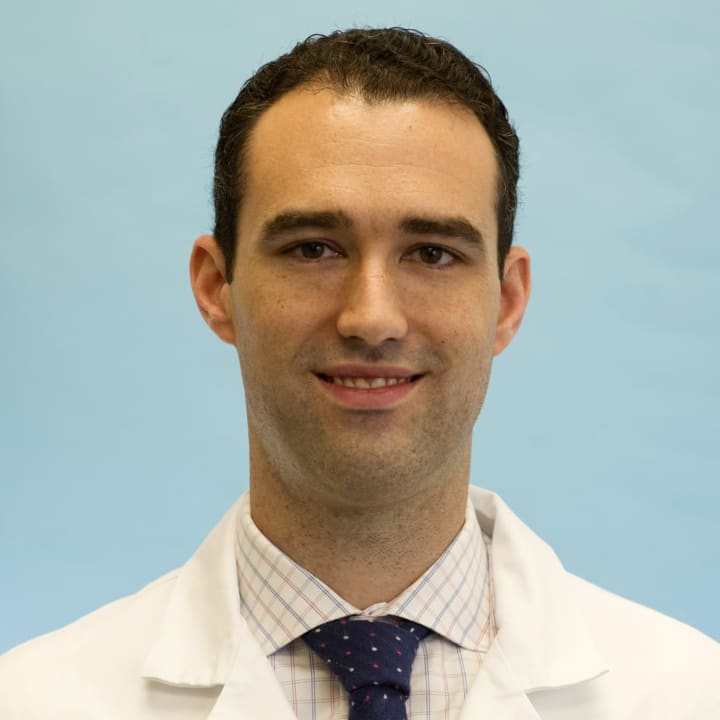Traditional spine surgery involves muscle stripping and injury to healthy tissue that can prolong recovery or cause permanent damage. Now, minimally invasive spine surgery can accomplish the spinal decompression and/or stabilization of traditional surgery, while protecting the normal structures of the spine. Minimally invasive surgery also has the potential to lower the risk of infection and decrease your overall length of stay in the hospital. Other potential benefits include less pain after surgery (leading to lower opioid use), earlier return to normal activities and lower blood loss.
Although some people think that minimally invasive only means small incision, this is not always true -- the size of the incision is actually the least important part of the surgery. Minimally invasive surgery focuses on protecting the muscles and ligaments in the normal areas of the spine while still safely and effectively addressing your condition.
Though minimally invasive techniques continue to be refined, a few conditions may still be best treated with a traditional open-surgery approach including a high-degree of spinal deformity, tumors and some infections.
Your spine surgeon will take your condition into consideration when determining if a minimally invasive technique is right for you.
Through HSS Orthopedics at Stamford Health, I am privileged to now be able to make world-class care more convenient for Fairfield County residents. My office is at the HSS Stamford Outpatient Center at Chelsea Piers, and my colleagues and I perform surgeries at both Tully Health Center and Stamford Hospital, in addition to Hospital for Special Surgery in Manhattan.


